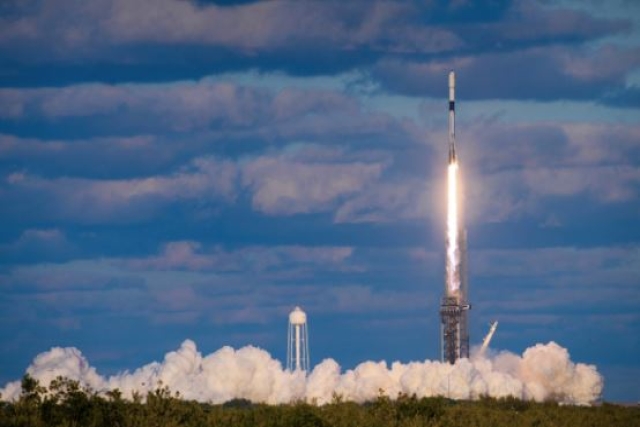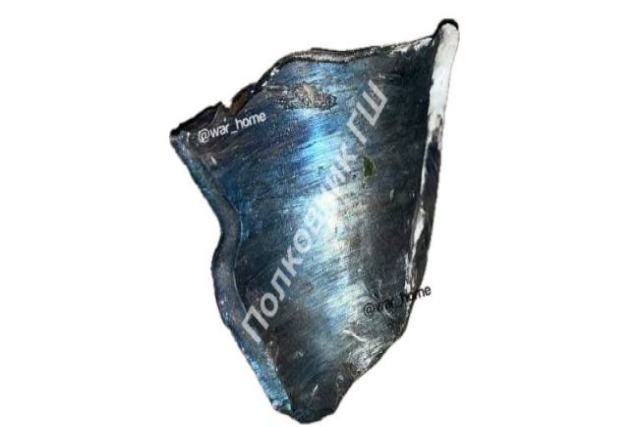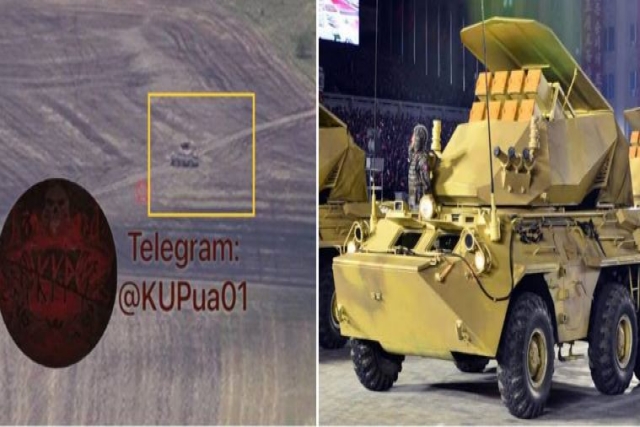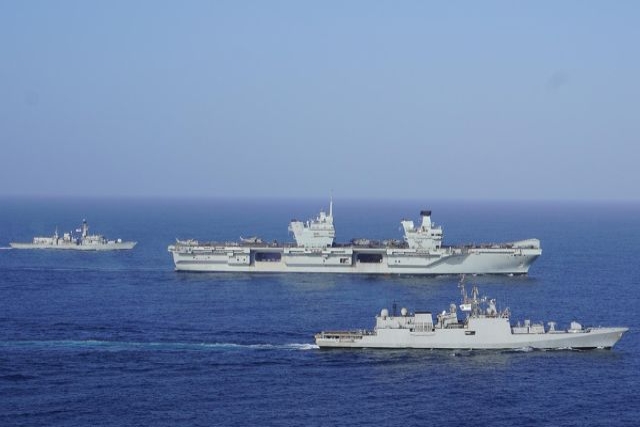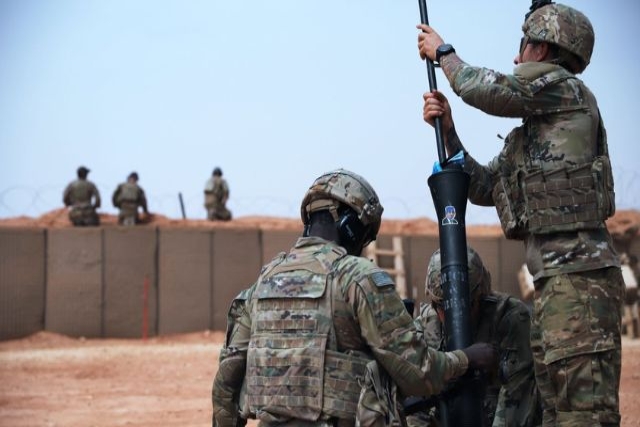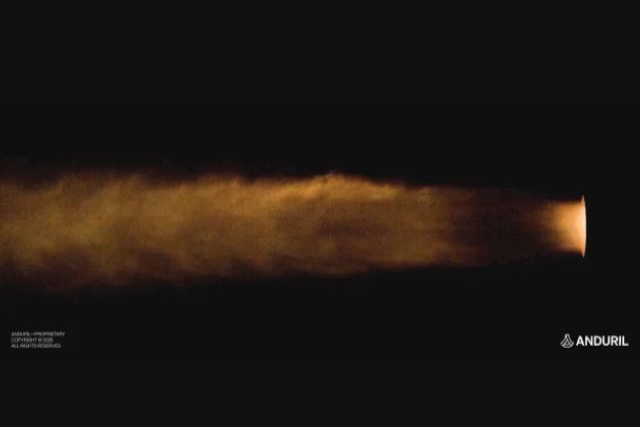Kim Jong Un Inspects New North Korean Naval Base Construction
The site is being developed to accommodate “large, modern surface and underwater vessels"

North Korean leader Kim Jong Un recently inspected a new naval base under construction, signaling a significant expansion of the country's naval infrastructure.
The state media outlet KCNA reported on Sunday that the site is being developed to accommodate “large, modern surface and underwater vessels,” as part of North Korea's ongoing efforts to enhance its naval capabilities.
During his visit, Kim emphasized the urgency of the project, highlighting the base's role in supporting the latest naval vessels and their weapon systems. He also announced plans to deploy anti-aircraft and coastal defense systems to secure the port. While the exact location of the base was not disclosed, Kim noted the site’s strategic significance due to North Korea’s access to both the East and West seas.
This development coincides with a recent report by 38 North, a U.S.-based monitoring group, which revealed that North Korea’s newest ballistic missile submarine (SSB), the “Sinpo-C” class, is currently undergoing the fitting-out process at the Sinpo South Shipyard.
In a separate visit to a shipyard, Kim ordered increased investment in shipbuilding, urging a focus on both immediate and long-term naval goals. His call for the enhancement of North Korea's shipbuilding industry reflects his broader agenda to modernize the country's defense infrastructure.
Kim also visited a munitions factory, where he stressed the need for updated production processes to meet the requirements of newly-developed military hardware. Additionally, he inspected an artillery academy, part of his ongoing efforts to boost the nation's defense capabilities.
On the same day, North Korea's foreign ministry condemned recent joint activities between the United States and South Korea, which included a consultation meeting and an extended deterrence simulation drill. The ministry described these actions as “reckless moves,” accusing the U.S. of increasing the risk of nuclear conflict in the region. North Korea pledged to continue taking "practical measures" to counter what it views as a long-term nuclear standoff with the U.S.
